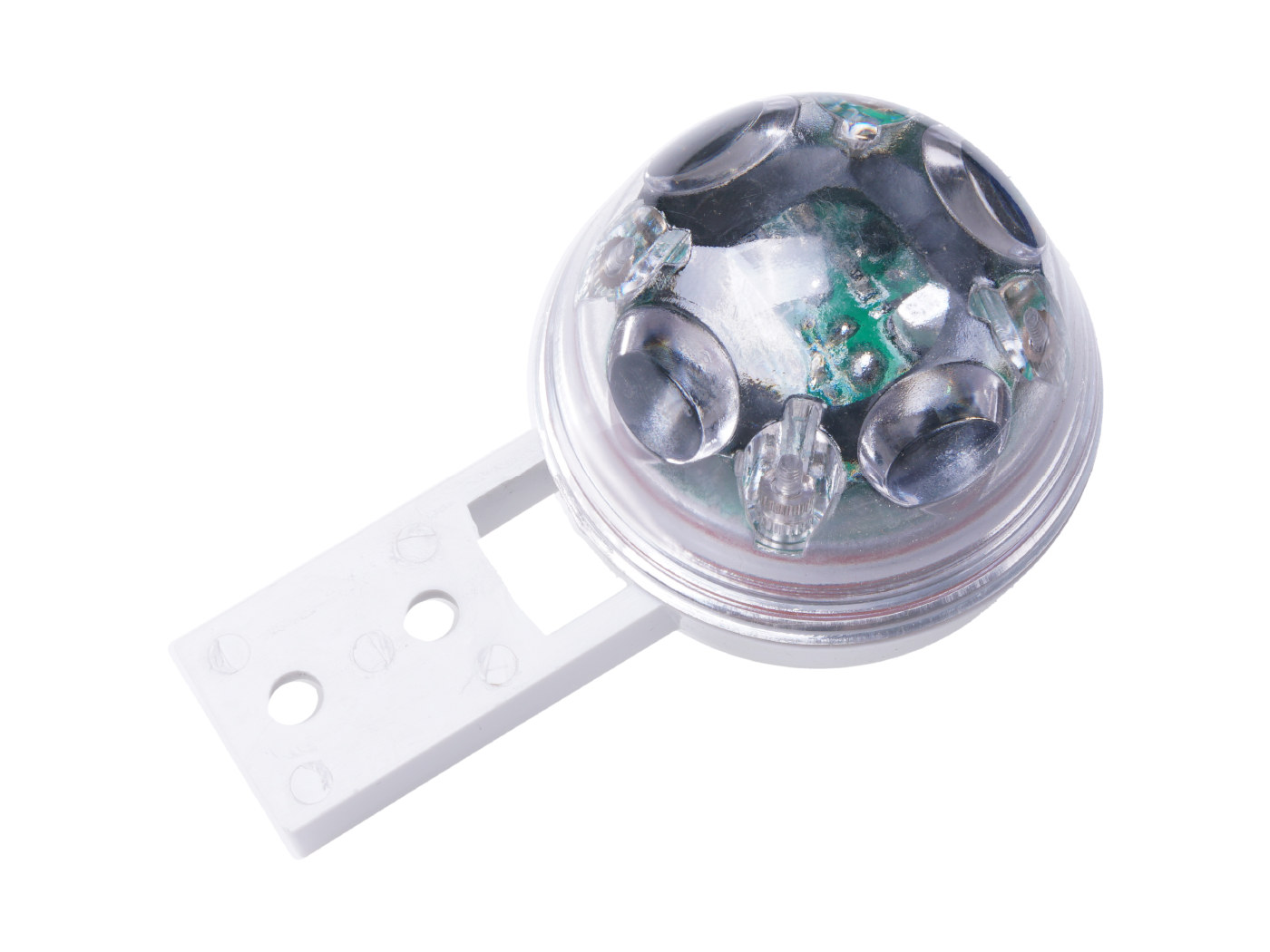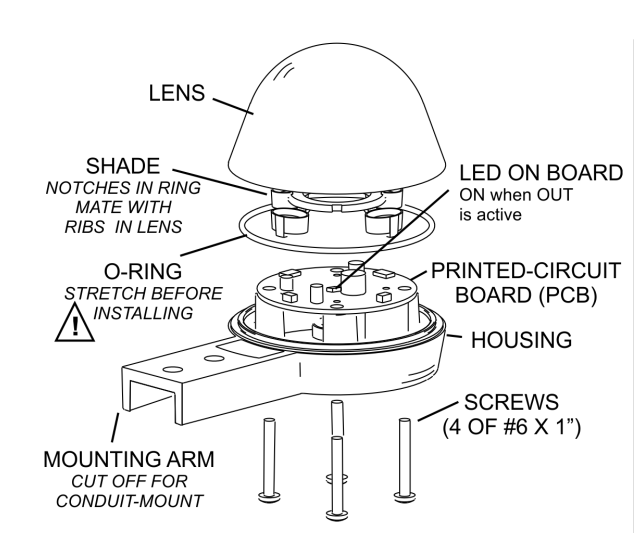I remember when I was a kid, we had rain gauge to measure the amount of rainfall in the garden, so after heavy rains, I liked to have a look to find out how much rain actually fell.
Those collected water in a tube, and we could read the millimeter value right on the tube. But now with the Internet of Things, we can have smarter solutions including tipping-bucket rain gauges that collect water and usually report the data via an RS-232 port. But I’ve just found out there’s another method to measure rainfall with an industrial-grade optical rain gauge I just found on Seeed Studio for $99.00.
 It’s a sphere about the size of half a tennis ball that beams infrared light instead of collecting water and somehow managed to accurately report the amount of rainfall.
It’s a sphere about the size of half a tennis ball that beams infrared light instead of collecting water and somehow managed to accurately report the amount of rainfall.
RG-15 optional rain gauge specifications:
- Nominal Accuracy – ±10%
- Host Interfaces
- J1 Terminal with Out, V+, and GND pins
- J2 Header with GND, V+ & Out (Same as J1 OUT), 3.3V RS232 Tx/Rx from 1200 to 57,600 bps, TB IN (Bridge to ground, normally open), MCLR, 3.3V
- Output – NPN Open Collector Output 100 mA / 80V Max
- Output Resolution – 02mm or 0.01mm configurable with DIP switch
- Input Voltage – 5 to 16 VDC with 50V surge on J1 Reverse polarity; protected to 50V or 3.3VDC through pin 8 on J2
- Current Drain – 110 μA nominal. (No outputs on, dry not raining) , 2-4 mA when raining
- Operating Temperature – -40°C to +70°C (Note: will not detect rain when freezing)
You’ll find detail about the serial command set in the instruction manual.
 The company explains how it works as follows:
The company explains how it works as follows:
Hydreon Optical Solid State Rain Sensors generate infrared light that is directed within the lens to detectors. When water drops hit the outside surface of the lens, some of the infrared beams escape. The sensor detects the change in beam intensity, and determines the size of the rain drop that caused the change. The sophisticated circuitry and Digital Signal Processing detect tiny rain drops, while rejecting the effects of competing ambient light disturbances.
The sensor detects the lens surface condition, including that caused by dirt, contaminants, aging, and other factors. It properly compensates for these factors, making the device virtually impervious to environmental factors. Hardware and sophisticated software gathers information from individual raindrops and implements a proper control strategy for the selected mode. The system can detect individual drops of under half a millimeter in diameter.
The main advantage over a traditional tipping-bucket rain gauge is that an optical rain gauge is low-maintenance devices, and you may only have to change the lens after 7 or more years.
Typical applications include smart agriculture, smart city, climate studies, hydrological network monitoring, condensation and frost sensing, irrigation control, drop detection, and wiper control.

Jean-Luc started CNX Software in 2010 as a part-time endeavor, before quitting his job as a software engineering manager, and starting to write daily news, and reviews full time later in 2011.
Support CNX Software! Donate via cryptocurrencies, become a Patron on Patreon, or purchase goods on Amazon or Aliexpress





Yeah, and the first time a bird lands on it to take a dump, you’ve gotta pull the thing down and clean it. They should modify the design so it has some sort of spikey thing sticking out the top.
From here: https://rainsensors.com/products/model-comparison/
Tipping Bucket Accuracy:
$59 Model RG-11 ±36% 2/3 of the time
$99 Model RG-15 ±10% in our controlled environment
So the cheaper Model RG-11 is really only useful as a rain “detector”, while the more expensive Model RG-15 can be used as a rain “gauge”, albeit not a very accurate one. And what the heck is this: “±10% in our controlled environment”? Why can’t they simply measure actual rainfall and compare the results against a co-located standard rain gauge over time? A NOAA Standard Rain Gauge is very simple to make, here are the specifications:
https://en.wikipedia.org/wiki/Rain_gauge#U.S._standard_rain_gauge
Actually there’s no physical “Tipping Bucket” involved, that’s the point of this sensor. Maybe they use the “Tipping Bucket” term to describe how the sensor outputs data. Maybe it integrates the amount of water detected over time until a trigger level is reached, then it spits out a data message, then it zeros-out the accumulator and begins integrating again. This process is analogous to a pivoting rain bucket filling up to a calibrated level where it tips over and closes an electrical contact which in-turn increments an electromechanical counter. The whole process repeats after the bucket tilts, emptying it.